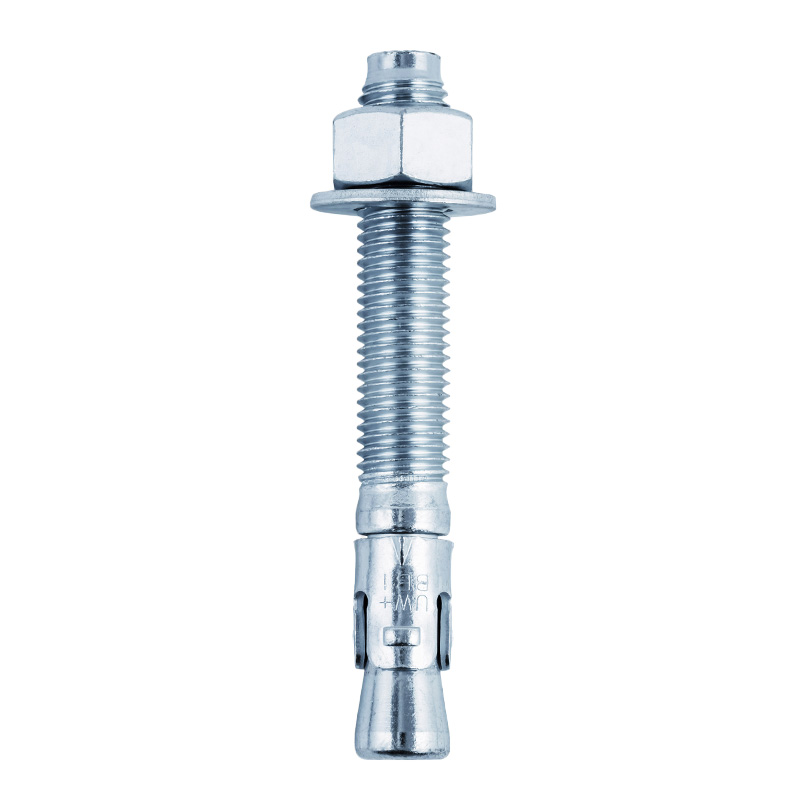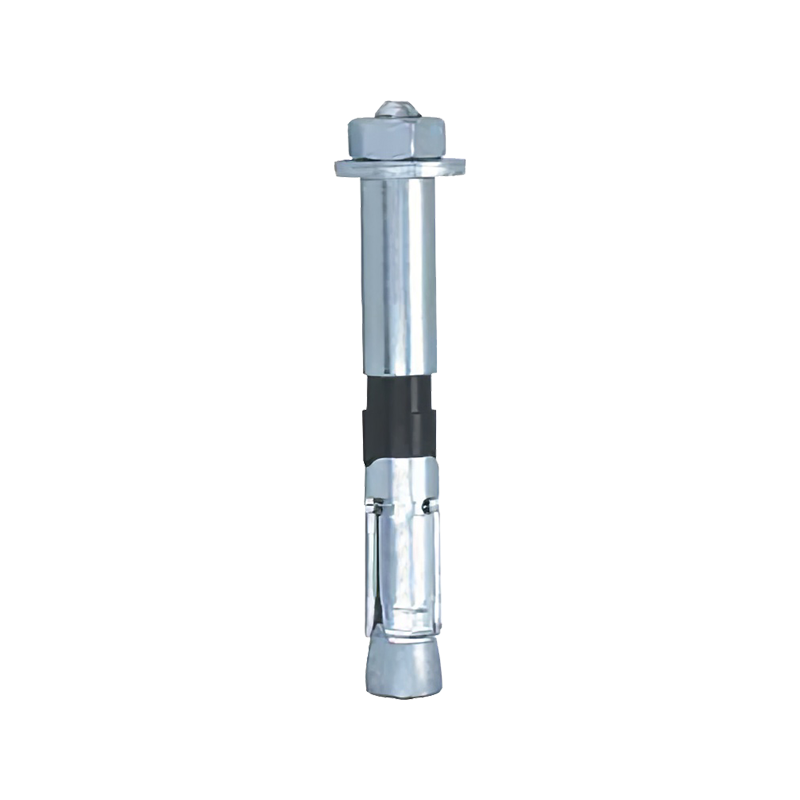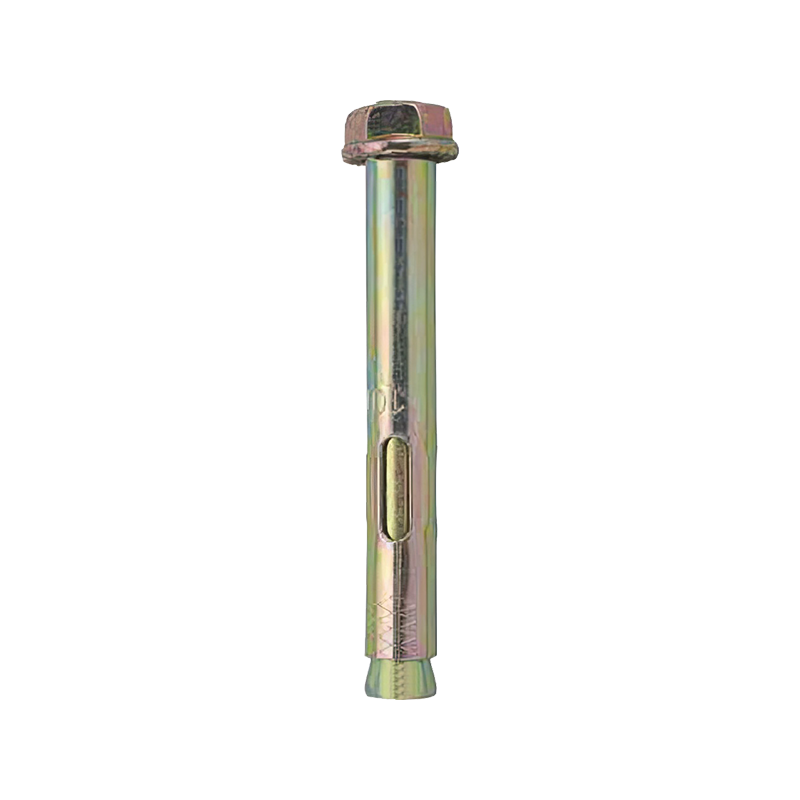Is it feasible to install single-expansion anchor bolts in wet holes or watery environments
2025-11-17The single expansion anchor, a common type of torque-controlled mechanical fastener, relies on a precise and powerful mechanism to achieve its specified load capacity. Understanding this mechanism is vital before attempting installation in non-ideal conditions, such as wet or water-saturated concrete holes.
The Core Working Mechanism of Single Expansion Anchors
Single expansion anchors are designed to function by converting applied installation torque (delivered via a nut or bolt) into significant radial expansion pressure within the drilled hole. The expansion sleeve is driven against a tapered cone, forcing the sleeve outward and creating intense frictional and mechanical interlock with the concrete wall.
This anchorage mechanism is inherently sensitive. It is engineered for optimal performance in dry, sound, and clean concrete substrates, where maximum friction and predictable bearing stress can be developed between the steel anchor component and the concrete matrix.
Fundamental Impact of Wet Conditions on Anchor Performance
Professional anchoring codes and manufacturer specifications almost universally advise against the use of standard mechanical expansion anchors, particularly the single expansion type, in perpetually wet, saturated, or water-filled holes. The presence of water fundamentally compromises the required physical interactions:
1. Impairment of Required Expansion Pressure
- The Lubrication Effect: Water acts as a lubricant, dramatically reducing the coefficient of friction between the steel anchor surface and the concrete hole wall. When installation torque is applied, the reduced friction means less energy is efficiently converted into effective radial expansion force.
- Misleading Torque Readings: A wet hole or standing water can cause inaccurate readings on a torque wrench. The recorded torque may be spent overcoming friction in the threading and washer area, rather than generating the necessary wedge pressure. This creates a false sense of security, as the achieved ultimate anchorage capacity is severely diminished.
2. Compromised Concrete Integrity
- Local Weakening: Drilling exposes micro-cracks and the capillary structure of the concrete. Water saturation temporarily reduces the local compressive strength of the concrete near the hole wall. Since the expansion anchor relies on intense, localized bearing stress to resist pullout, a saturated wall is more prone to localized crushing or plastic deformation, failing to provide the rigid counter-force necessary for reliable long-term anchoring.
- Cone Failure Risk: The anchor's resistance to tensile loading often relies on the formation of a concrete cone failure mechanism. Weakened, saturated concrete increases the likelihood of an early, brittle concrete cone failure at a much lower-than-designed load.
3. Long-Term Durability and Corrosion
- Accelerated Corrosion: Even anchors with standard zinc-plated finishes suffer from accelerated corrosion in constantly wet or submerged environments. Water acts as the electrolyte in the electrochemical corrosion process. As the anchor components corrode (rust expands in volume), it can either cause long-term cracking of the concrete or, more commonly, lead to a reduction in the anchor's effective steel cross-section, causing a loss of long-term load bearing capacity.
- Chemical Contamination: Wet holes in construction settings often contain dissolved corrosive agents, such as chlorides. These chemicals aggressively attack the anchor steel, severely reducing the design service life of the fastener and accelerating failure.
Critical Consequences: Loss of Anchorage Capacity
The primary professional risk associated with installing single expansion anchors in wet conditions is the unpredictable and unreliable loss of anchorage capacity. Potential failure modes include:
- Low-Load Pullout: Insufficient initial expansion pressure leads to anchor slippage and withdrawal at loads significantly below the designed working load.
- Long-Term Loosening: As moisture levels fluctuate, the friction interface changes, causing the loss of necessary pre-tension and resulting in a loose, unsafe connection over time.
Recommended Alternatives for Wet Environment Anchoring
For any application where the hole is wet or saturated, professionals must select anchoring solutions explicitly certified for these conditions to ensure safety and structural integrity:
- Chemical Anchors (Resin Mortar): High-performance chemical injection mortars are generally the preferred solution. These products are formulated to displace water and air, curing to form a monolithic, non-stress-induced bond. Look for products certified for use in water-filled or submerged holes.
- Specialty Mechanical Anchors: Certain high-specification mechanical anchors, such as those relying on undercut technology, may be certified for wet conditions. However, verification is mandatory: always check the manufacturer’s specific technical approval documents (e.g., ETA reports) to confirm suitability for the precise wet-hole application.












Contact Us